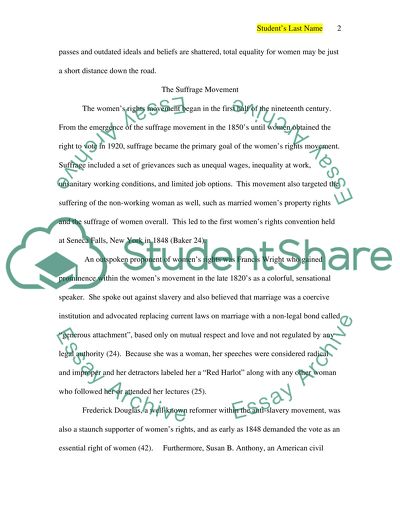Cite this document
(“The Fundamental Causes of the Womens Movement Essay”, n.d.)
The Fundamental Causes of the Womens Movement Essay. Retrieved from https://studentshare.org/miscellaneous/1504235-the-fundamental-causes-of-the-womens-movement
The Fundamental Causes of the Womens Movement Essay. Retrieved from https://studentshare.org/miscellaneous/1504235-the-fundamental-causes-of-the-womens-movement
(The Fundamental Causes of the Womens Movement Essay)
The Fundamental Causes of the Womens Movement Essay. https://studentshare.org/miscellaneous/1504235-the-fundamental-causes-of-the-womens-movement.
The Fundamental Causes of the Womens Movement Essay. https://studentshare.org/miscellaneous/1504235-the-fundamental-causes-of-the-womens-movement.
“The Fundamental Causes of the Womens Movement Essay”, n.d. https://studentshare.org/miscellaneous/1504235-the-fundamental-causes-of-the-womens-movement.


